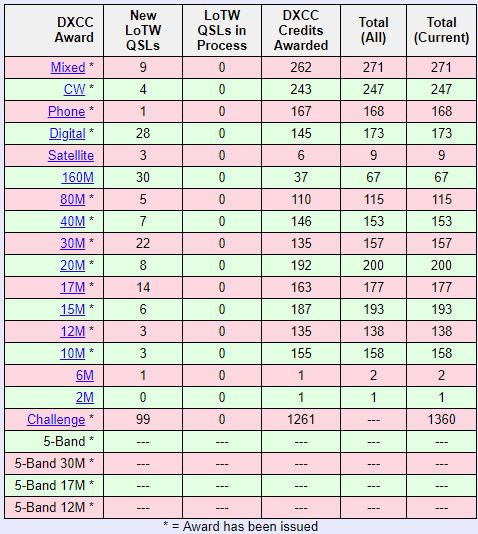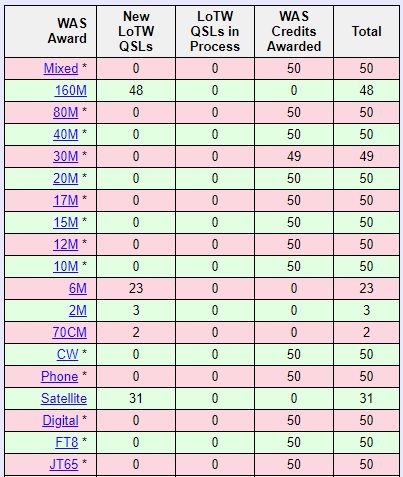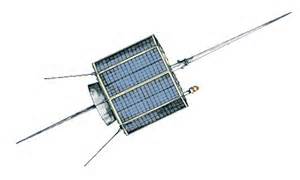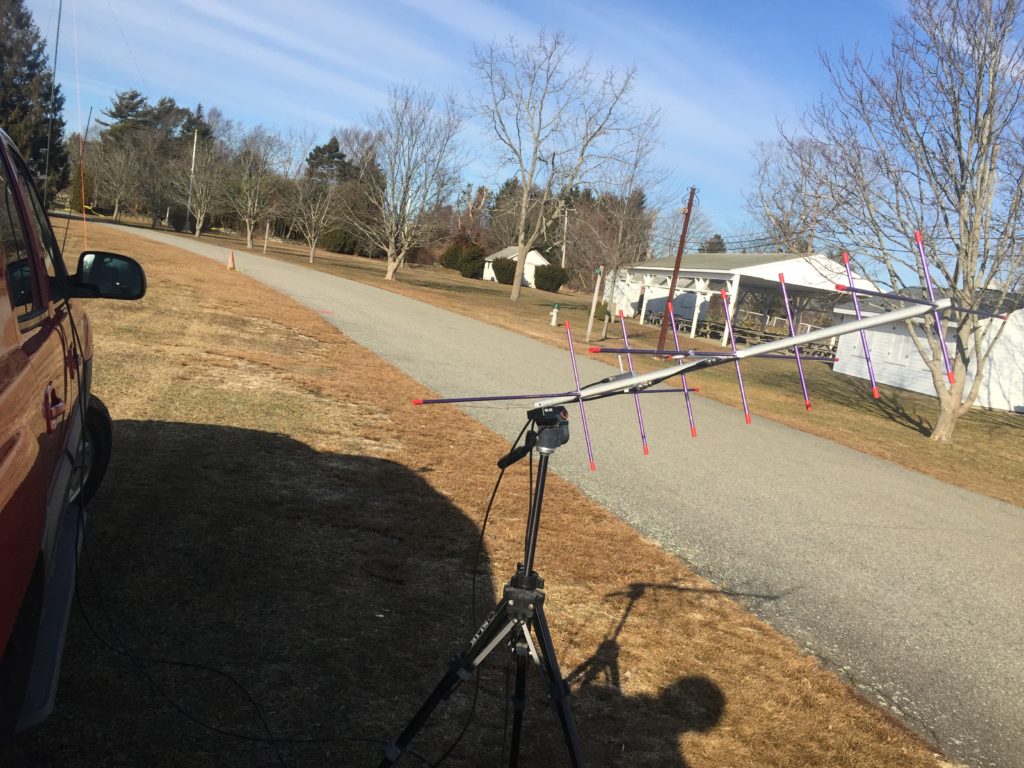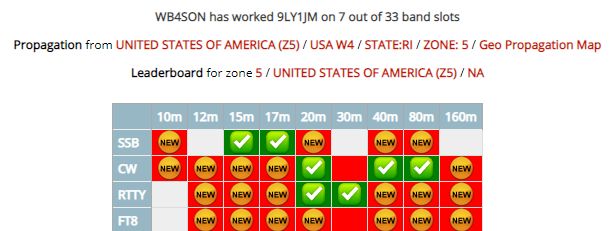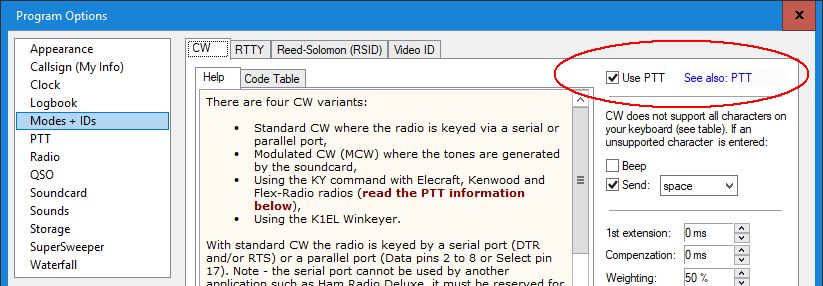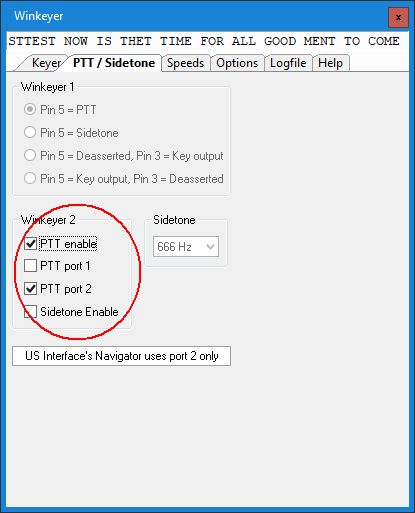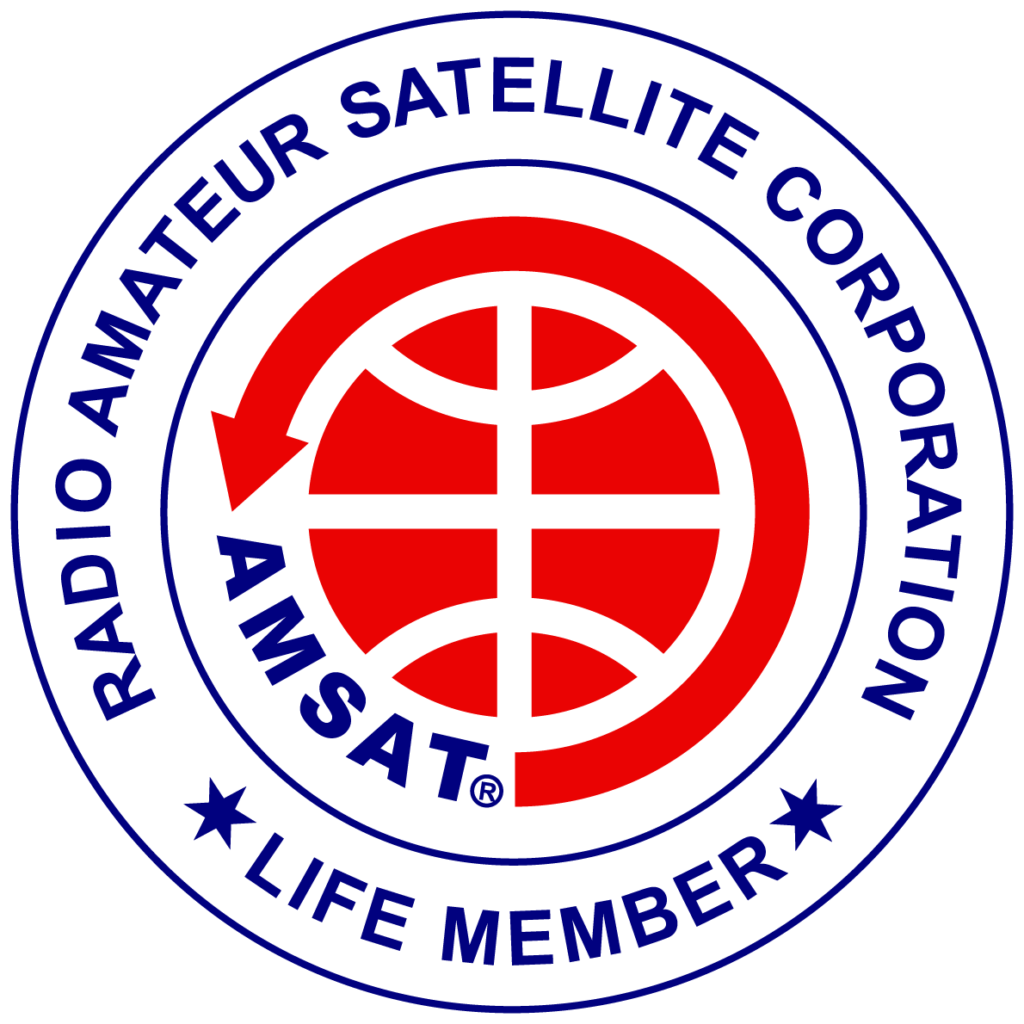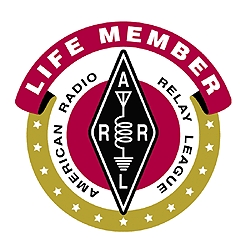I think I set goals that were a tad low for this year, but DXing and state hunting is so hit or miss (also lots of folks go on holiday in the beginning of the year).
Four of my 2019 goals were:
- Reach 270 Confirmed Countries in DXCC
- Reach 60 Confirmed Countries on 160-Meters
- Reach 1375 Band-Points in the DXCC Challenge
- Reach 30 confirmed states on satellite
So I stand at 271 countries confirmed (plus holding a beautiful QSL from Remo H44SHD in the Solomon Islands). I’m at 67 confirmed for 160-Meters (and have 3 more countries, including Hawaii, that I hope will eventually confirm). Still 15 more to go on the Band-Points, but I am awaiting 6 more from South Cook Island and Sierra Leone. Finally I have 31 confirmed states on various satellites (and 9 countries).

